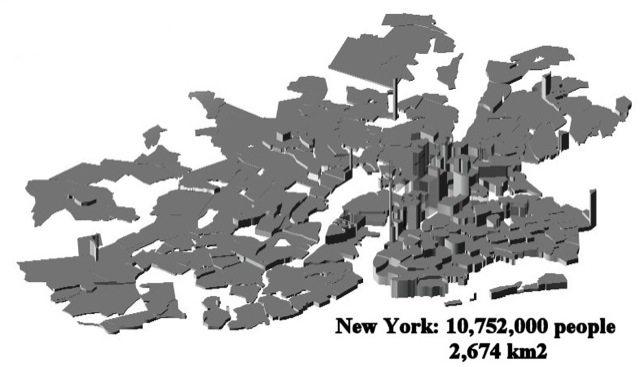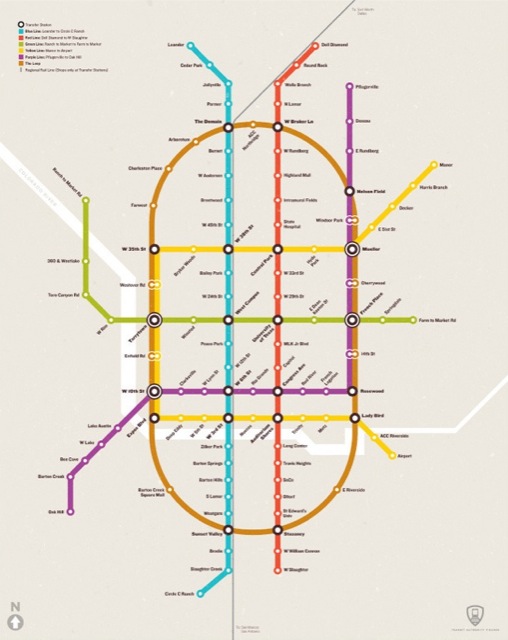Bus ridership declined in 2013, but rail ridership grew, according to the 2013 National Transit Database. The Federal Transit Administration posted the database recently, which you can download in the form of data tables or in database-formatted spreadsheets. The data tables are easier to read, but the database is easier to use to make calculations of totals, averages, etc.
The database comes in 20 separate spreadsheets for such factors as ridership, operating costs, and fares. The data tables are in 30 spreadsheets. As usual, the Antiplanner has combined the most pertinent data into a single spreadsheet that includes everything from population to energy consumption. This file is similar to those for previous years, but I’ve added a few columns.
As in the past, the spreadsheet is divided into three parts. The first 1851 rows list data for every transit agency and every mode used by each agency. The middle 50 or so rows summarize the data by mode. Since a few agencies and modes failed to report energy consumption, the totals for those that did are listed separately to allow accurate calculations of average energy consumption. Finally, the last 380 rows give totals by urban area.


 this smart-growth city (illustrations by
this smart-growth city (illustrations by 






